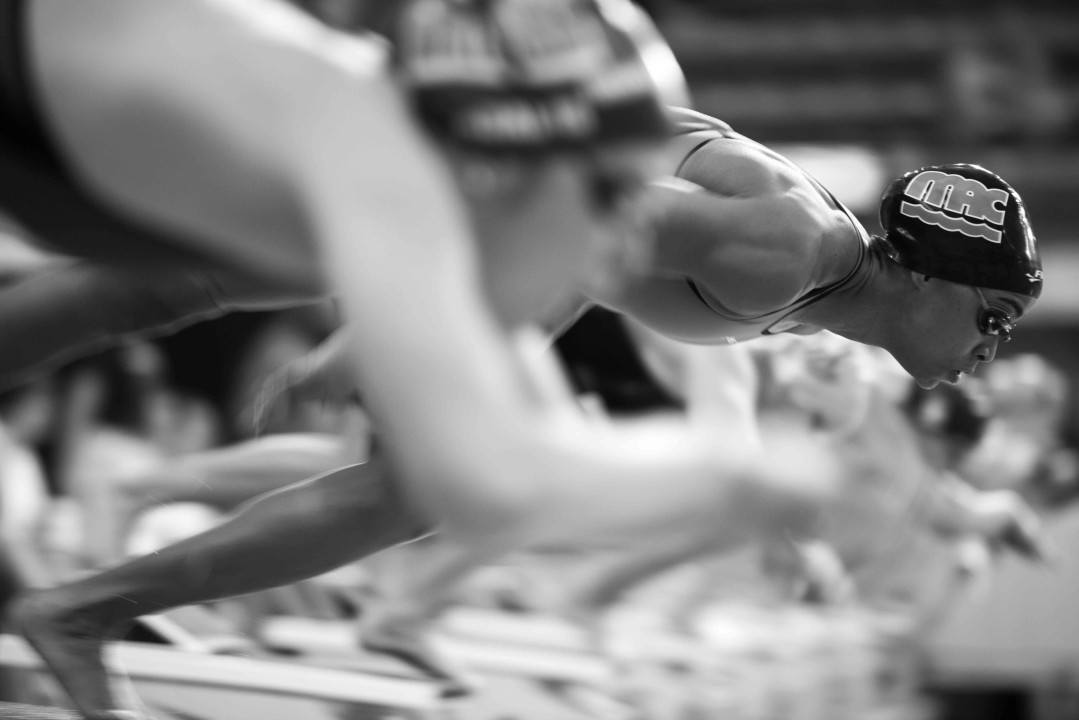Most coaches will agree that the way to get the most out of a male swimmer differs from that of a female swimmer. While there are certainly exceptions to gender based motivation, there are cultural and biological differences in boys and girls that do impact the efficacy of strategic motivational interventions. Boys tend to place a higher value on winning, gain more self-confidence by outscoring their opponent, see competition and group play as more hierarchical, and therefore tend to become more sensitive to status. Girls, on the other hand, seem to focus their competitive instinct on growth and personal challenge. For them to reach their true potential, it is important that they feel a sense of support and togetherness from friends, family, coaches, and teammates, with less of an emphasis on performance outcomes. Girls don’t need anybody to tell them what’s at stake. They know. Reminding boys of what’s to come tends to serve as a challenge for them.
The following strategies may help coaches, parents, teammates, and individuals support boys and girls sense of autonomy, and degree of intrinsic motivation:
ONE
Girls and women value attachment and intimacy. “We are all in this together” approaches tend to unite women, and encourage them to want to perform for each other.
TWO
Men and boys value autonomy, latitude, and winning. Help them prepare by supporting them to embrace the hierarchical challenge, and letting them know you believe in them.
THREE
Women socialize at every opportunity. Allow them that time together. It will support them to train, and race, with more passion and a sense of fun.
FOUR
Men want the opportunity to prove themselves. Give them lots of opportunity to do so.
FIVE
Be wary of encouraging competition between women. While appropriate in some situations, an environment that focuses exclusively on inter-team competition can backfire.
SIX
Encourage girls to embrace the boy strength (sense of purpose, self-reliance, courage and daring, protecting those you care about, and male heroism) and boys to embrace girls strength (companionship, togetherness, competition as fun/play, sharing the spotlight, and focusing on process).
Meet them where they are, and gently move them forward.
Please let me know how it goes!
 Pete has worked in the sport psychology and human development fields with Fortune 500 companies, Division I,II, and III collegiate athletes, as well as high school and middle school staff and students. He was a swimming coach at the club, high school and collegiate level for 30 years. Pete now runs a private Sport Psychology and Adolescent Life Coaching practice, working with student-athletes nationwide. His life coaching sessions for adolescents are designed to create challenge, teach resilience, and instill self-esteem. For information regarding Pete’s Life coaching and sport psychology services click here.
Pete has worked in the sport psychology and human development fields with Fortune 500 companies, Division I,II, and III collegiate athletes, as well as high school and middle school staff and students. He was a swimming coach at the club, high school and collegiate level for 30 years. Pete now runs a private Sport Psychology and Adolescent Life Coaching practice, working with student-athletes nationwide. His life coaching sessions for adolescents are designed to create challenge, teach resilience, and instill self-esteem. For information regarding Pete’s Life coaching and sport psychology services click here.

GENERALLY, girls like structure and communication and boys like to have fun and screw around in addition to being challenged. Twice a week have the girls train from the starting end and boys from the turning end, even if they’re doing the same sets.
This is so difficult for me as a new age group coach. I totally agree that girls will use every given opportunity to socialize – but how do I provide that time while keeping practices efficient?
Generally true, but some girls are more like boys and some boys are more like girls in their psychological makeup. So paying attention to each swimmer’s leaning will help the coach group the kids during workouts and how the coach speaks to the swimmer at meets and practice.
Nothing is simple or we would have all figured it out long ago!